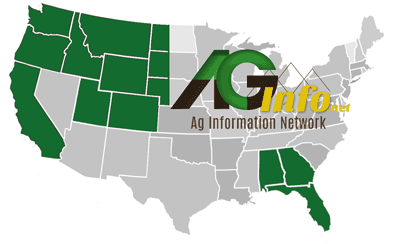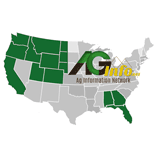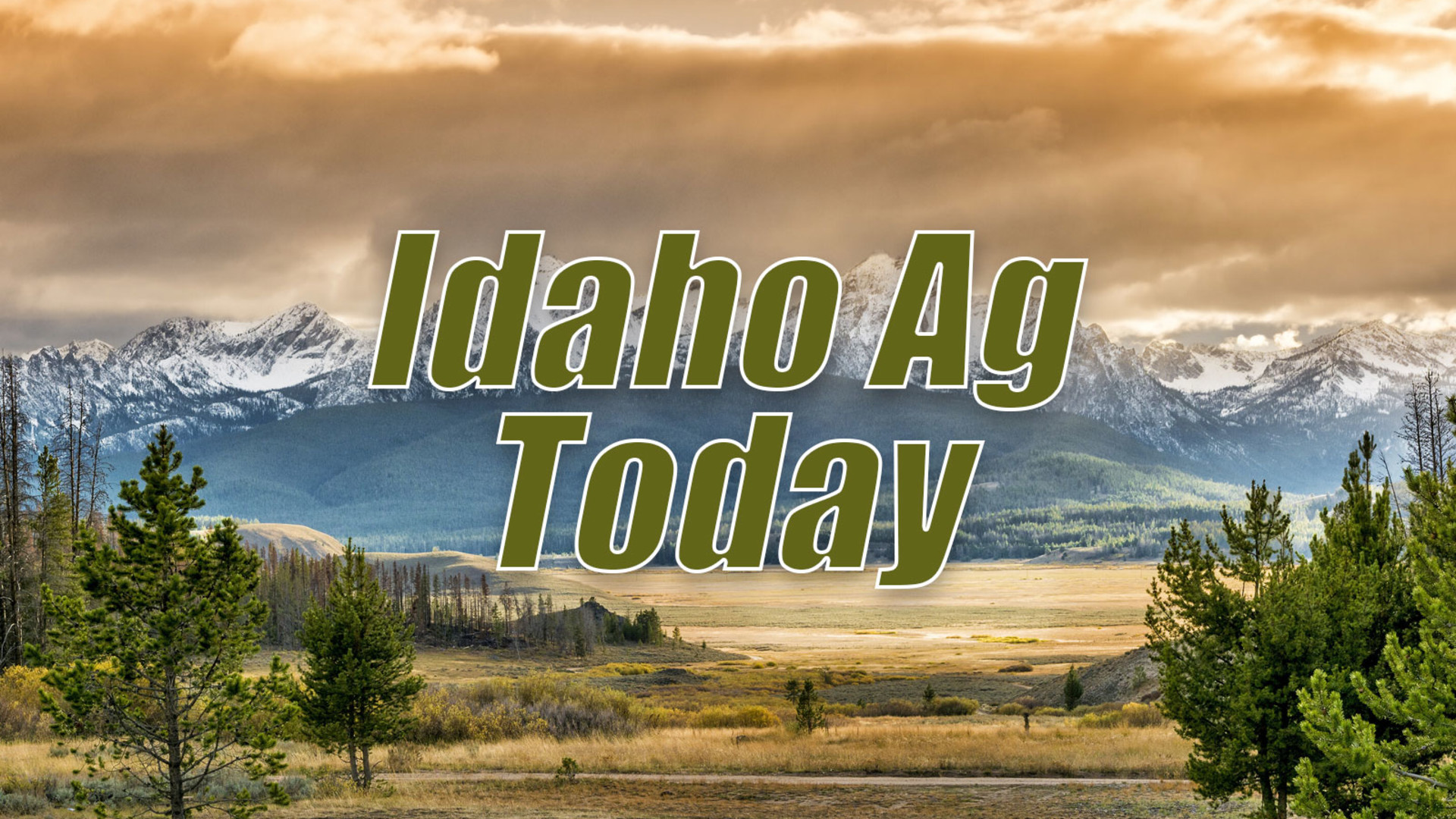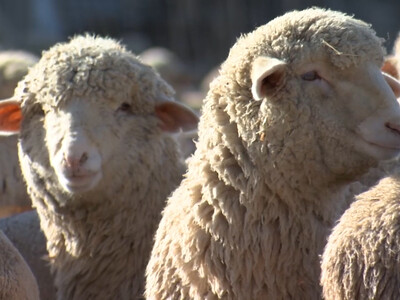8-7 IAT W. Nile Symptoms
What to look for in terms of symptoms if you suspect that your horse may have contracted West Nile virus. What with the recent discovery of West Nile virus in two horses in the Treasure Valley, you might be better prepared to deal with this disease which is termed neurological, if you are aware of the symptoms. I called Idaho Department of Agriculture’s veterinary medicine Department and reached Dr. Scott Leibsle: “The most common sign of WNV in horses is a fever and weakness, usually in the hindquarters; sometimes seen as a widened stance, stumbling, leaning to one side and toe dragging. Sometimes they will sit like a dog, we call it dog sitting because they don’t have the strength and the rear quarters. They have the strength in the front quarters but have to sit. Depression and other mental conditions such as fearfulness, lip-smacking, chewing movements and fine muscle tremors may be noticed. In extreme cases of WNV infection, paralysis and inability to stand may follow. Something that also accompanies West Nile is facial twitching in their muzzle or nose area.” Best defense is vaccination.













